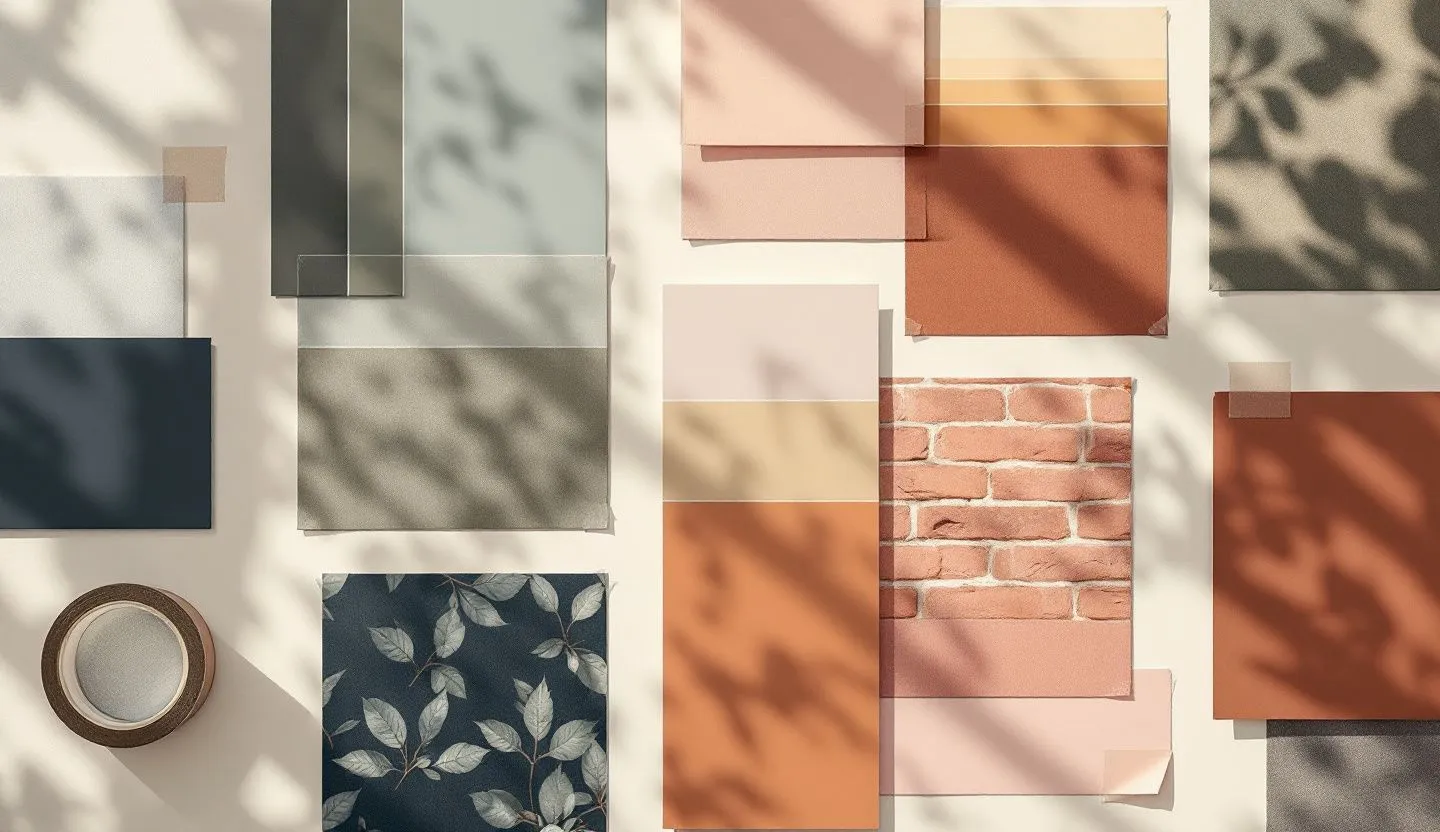Fluer vs Artbreeder: Commercial Marketing Materials vs Artistic Image Evolution
Fluer vs Artbreeder: A Visual Strategy Showdown
In the rapidly evolving world of design and content creation, two platforms have emerged with contrasting but equally compelling approaches — Fluer and Artbreeder. While both are rooted in AI-driven image generation, each caters to fundamentally different audiences and purposes. Fluer specializes in high-quality, brand-consistent visuals tailored for commercial use, whereas Artbreeder thrives in the generative art space, empowering users to evolve and remix images creatively. This divergence raises an important question for marketers and creatives alike: which tool is right for which job? Are businesses better off with visually consistent assets, or does the fluidity of artistic evolution offer broader creative freedom? Understanding the strengths and limitations of each platform is key to making informed creative decisions.

Commercial-Grade Visuals: What Fluer Does Best
Fluer is designed with precision in mind. Its platform helps marketing and design teams generate brand-aligned visuals that meet commercial standards. From color palettes to composition, every asset can be curated to ensure consistency across campaigns. This makes Fluer indispensable for businesses that prioritize visual identity. Think retail campaigns, tech product launches, or B2B branding — where every pixel matters. Fluer’s interface encourages collaboration among stakeholders, allowing art directors, marketing managers, and designers to align quickly. This results in faster workflows and more cohesive outcomes.

Work Smarter, Not Harder with AI
Watch how Fluer helps small businesses automate marketing, branding, and content—effortlessly.Artbreeder’s Strength: Organic Artistic Evolution
Artbreeder, on the other hand, focuses on the serendipitous beauty of image evolution. Users blend features, adjust genes, and remix visuals in unpredictable yet enchanting ways. This platform is ideal for concept artists, storytellers, and creators who thrive on exploration. Rather than targeting commercial uniformity, Artbreeder offers an open canvas where creativity leads. The strength lies in its ability to surprise the user with combinations they may not have imagined. It’s like collaborating with AI as a muse, rather than a tool. For projects ranging from character design to experimental visual art, Artbreeder is a playground for the imaginative.

Use Cases: When to Choose Fluer
Fluer is best suited for professionals needing polished, brand-safe visuals at scale. Its structured approach ensures that every image aligns with pre-set brand guidelines. You might consider Fluer when:
- Your campaign requires brand consistency across multiple channels.
- You need high-res assets for print, web, and advertising.
- Stakeholders need to approve visuals quickly and efficiently.
- You're working within tight marketing deadlines.
Use Cases: When to Choose Artbreeder
Artbreeder excels in the ideation and concept phase, particularly for projects that benefit from visual experimentation. It’s perfect for:
- Generating character concepts for games or films.
- Exploring mood boards for abstract or evolving themes.
- Creating experimental art pieces or NFTs.
- Designing unique avatars, scenes, or visual inspiration starters.
Creative Control vs. Creative Chaos
One of the biggest differences between Fluer and Artbreeder is the level of control users have over the final output. Fluer is deterministic — you know what you're going to get, and that’s by design. Artbreeder introduces a level of chaos that can be both exhilarating and frustrating, depending on your goals. For commercial deliverables, predictability is often key. For artistic projects, unpredictability can lead to innovation. Understanding this dynamic helps teams choose the right tool for the task at hand. Both have value — it just depends on your creative intent.
Collaboration Workflows: Structured vs Organic
Fluer enables structured collaboration among teams. It supports feedback loops, version control, and shared libraries, making it ideal for agencies and brands. Artbreeder, by contrast, is more personal and less structured, encouraging individual exploration. This affects how teams interact:
- Fluer promotes collaborative workflows with built-in approvals.
- Artbreeder is more suited to solo prototyping or initial concept sketches.
- Fluer assets are ready to ship; Artbreeder images often require refinement.

Conclusion: The Right Tool for the Right Vision
Choosing between Fluer and Artbreeder isn’t about which platform is better — it’s about understanding what you need. Fluer delivers clean, brand-consistent visuals that help businesses move fast and stay aligned. Artbreeder offers a realm of creative possibility, ideal for early-stage ideation or artistic exploration. Both platforms leverage AI, but their philosophies diverge: Fluer is about refinement; Artbreeder is about evolution. Smart creators and marketers can benefit from both, using Fluer for execution and Artbreeder for discovery. The key is to match the tool to the creative moment.
In an ideal workflow, these tools could even coexist in the same project pipeline. Start with Artbreeder to ideate and experiment, then transition into Fluer to polish and finalize. This hybrid approach balances freedom and focus, enabling teams to innovate without losing control. Whether you're a brand strategist, visual artist, or content creator, recognizing the strengths of each platform empowers you to elevate your work. Embrace structure when needed, and chaos when inspired. In the end, the best visuals come from knowing when to lead — and when to follow the AI.


